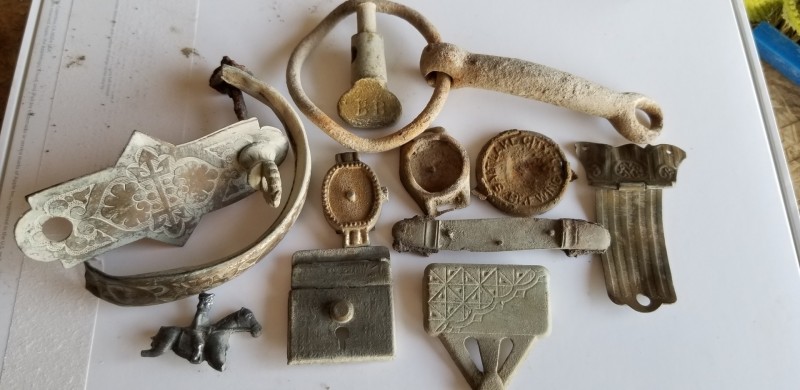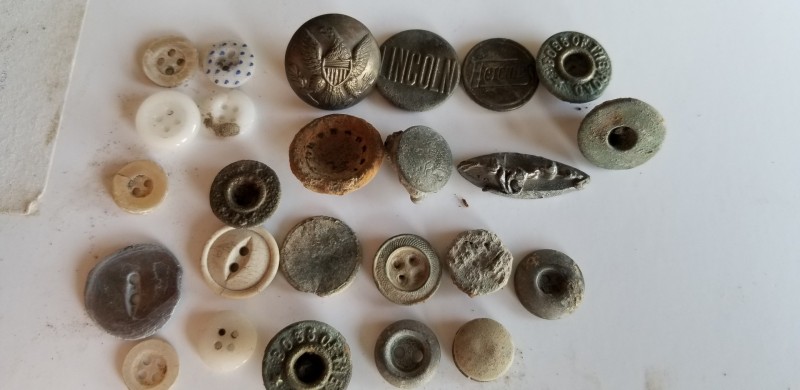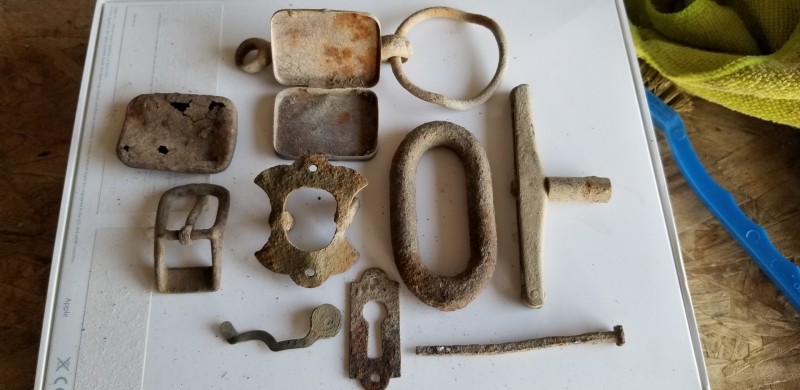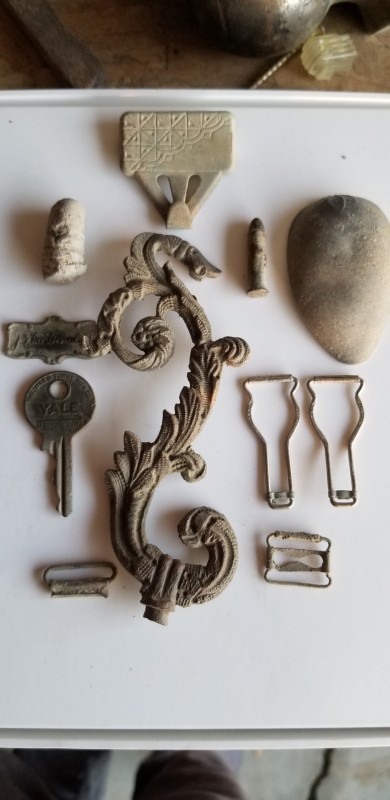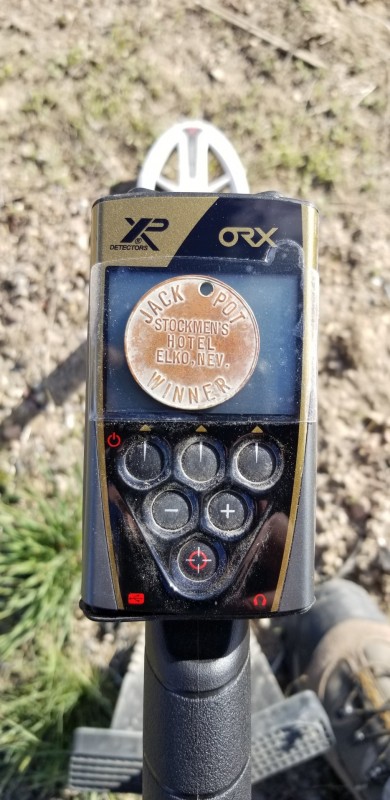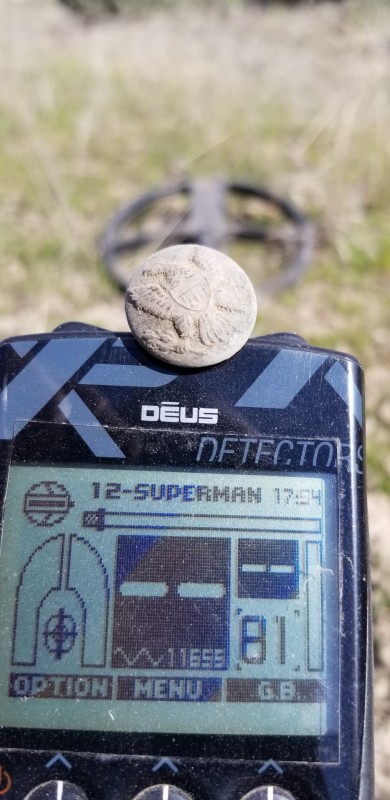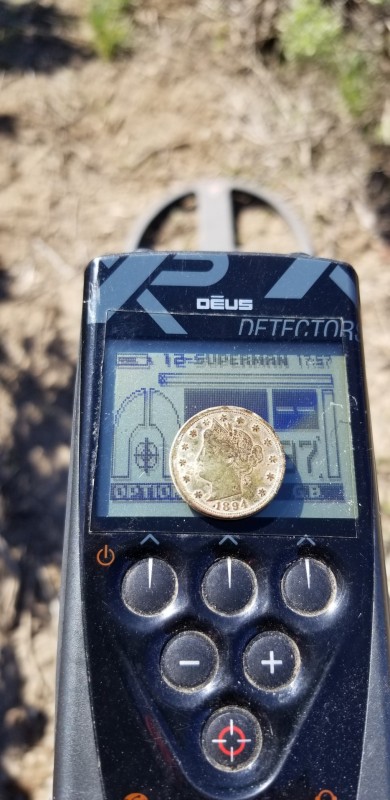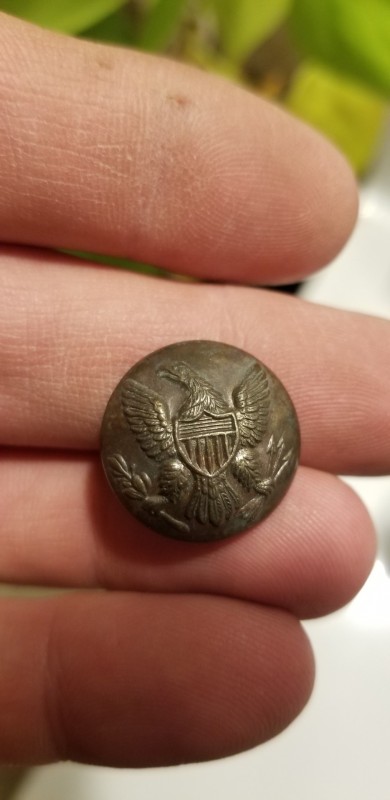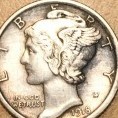Search the Community
Showing results for tags 'xp orx'.
-
XP DEUS / XP ORX Search Coil Chart Low Frequency (LF) Search Coils 4, 8, 12, 18 kHz 9" round, 11" round, 13" x 11" (discontinued September 2018) XP DEUS Only X35 Search Coils 4, 8 ,12 ,18, 25 kHz 9" round, 11" round, 13" x 11" XP DEUS and XP ORX High Frequency (HF) Search Coils 9" round 15, 30, 50 kHz and 10" x 5" 15, 30, 80 kHz XP DEUS and XP ORX
-
Shot a video of a small nugget I found yesterday using the XP ORX in Carefree Arizon...... If anyone is interested :
-
I was invited back to one of my favorite relic sites in Pennsylvania for a couple of visits, recently. Not only is the site productive but you also never know what just might turn up there. There have been plates and buttons galore, minie and round balls of various types and calibers, other brass uniform and equipment accouterments, jewelry, and other relics . Not to mention silver and gold coins from the 1700's to the 20th century, including a couple of large coin caches. This site appears to have been a CW picket post and/or bivouac area. It also appears to be a center of commerce based on the number of early 19th century coinage encountered. I have had success with both the Equinox and my Deus. This site, unsurprisingly, is becoming more and more stingy and I have found that I am just more confident with the Deus here, lately, for some reason. Can't explain it from a detector performance standpoint, because the Equinox has killed it here before. The Deus in gold field or with pitch tones in discrimination mode just seems to give me a better "view" of the ground and with lots of junk iron, hot rocks, modern trash, and aluminum slag from a previous tractor engine explosion I need the instant feedback the signal modulate gives in terms of signal strength and target footprint. The Equinox lacks this "feel" with its relatively un-modulated tones and requires the extra step of shifting into pinpoint mode to trace a target footprint to sift through large iron targets and large chunks of slag or aluminum cans. The Equinox can obviously get it done here, but I am going with the hot hand, and that is XP for now.. On my second trip there this fall, I focused on using my ORX exclusively, which I got as a backup to the Deus and really wanted to see if it could hold its own with the Deus despite some of it's feature limitations vs. the Deus. The ORX has four built in programs vs. the 11 that are built into the Deus, though many of the Deus programs are just variations on the same theme with different settings pre-programmed in. The Deus and ORX basically have just two modes. Discrimination mode and Gold Field(Deus)/Gold (ORX) mode. The gold mode on Deus/ORX are essentially identical in terms of settings. Gold mode emulates an all metal setup with VCO pitch based audio that changes in intensity and pitch depending on the strength of the target signal - a visual target ID is used for dig decisions. Gold Field/Gold mode allows you to set a threshold tone and allows you vary recovery speed (reactivity) and you can cut in some limited iron audio reject which tends to break up the audio signal in the presence of iron. I usually just keep it off because in mineralized soil, everything gets broken up so it is pretty useless. You can use target ID to determine probable iron and the ORX has a useful "iron probablity" bargraph and pop up, large font target ID display which is absent on the Deus. A couple of ORX user interface enhancements I would like to see in a future Deus implementation. The discrimination or "coin modes" as they are called on the ORX are more traditional iron discrimiantion based tone and visual ID modes. On ORX the tones are fixed at 3 tones (one of those being iron audio which can be switched on even when using discrimiantion, similar to the Deus). The Deus meanwhile, has a myriad of tone customization options (1, 2, 3, 5, and full tones) with fully customizable breakpoints and tone pitch selections. The Deus also provides more adjustability on recovery speed and related filters such as the silencer which is sort of like iron bias on the Equinox. Other than those differences, the ORX raw performance is basically identical to the Deus. I decided to put that to the test and the results were not really surprising. It delivered. What did surprise me was how much I liked using it vs. the Deus. Yes it has limitations on settings but for 90% of the situations I would encounter, it would hold its own just fine. Below are some of the finds recovered recently at the site. Deus finds are mostly to the left, ORX finds are mostly to the right including the Mexican 1850 1/2 Reale. How it found it's way all the way to PA only to be lost for perhaps 150+ years, is a great mystery to be pondered. In addition to the coin, ,various Eagle buttons and button backs, a few flat buttons, a fancy gold plated button with dimpled design, a sword hanger clip, a very old religious cross pendant, period lead bullets, and some miscellaneous pieces of brass and lead were recovered. I can see myself keeping the ORX in the truck as my general purpose grab and go machine for moment's notice detecting. Enjoy.
-
Took the ORX to 9,200 feet in the Colorado mountains today. It did really well in a lot of iron, tin, lead, brass, along with ironstone and gneiss/schist hot rocks. One 2.5 grain nugget/flake and a nice 1.5 gram specie. Gold 1 worked really well with frequency at 54 kHz, IAR 2, reactivity 2, iron volume on, sensitivity 90, threshold 10, 9" HF coil. The 1.5 gram specie was 6" deep with a nail and ironstone hot rock within 2 " radius. I could still hear the gold loud and clear. The 2.5 grain was 3" deep. The lead bullet and button back were both 8" deep. I was fairly certain that the iron and tin can shards were iron range targets but there is so much black sand at this location that every target has a little iron response especially in the scoop. Kept thinking I was going to break the ORX in this rugged terrain. No problem. Can't wait to get back up to this location that is NOT known for any gold over 1/2 gram. Jeff
-
Ok.. I've encountered some really tough ground conditions in a lot of areas that I hunt regularly. We are talking the red dirt with little shiny particles all in it that also has iron mixed in. My Teknetics T2 struggles in it. My ORX struggles but will fish things out if you can stand the machine gun blips. I keep reading that the Equinox is more suited to deal with this. Now, I tried an Equinox 600 and found it to also cut up on certain plots of land, and the particular one I had was really horrible in iron. The tones also played tricks on my ears and I found the bleepity bling like sounds to confuse my caveman brain. The ORX has been a decent detector for me, and helped me rehabilitate myself after a car accident this year. However the tones in it are so close together that my ears can not often discriminate high from mid tone. There is no way to adjust it. Let's fast forward to today. The Equinox 600 does not have the adjustability of the 800 concerning tones, or at least that is my understanding. I walked away from my Equinox 600 ticked off that I could not seemingly bond with it. In my mind there was a single thought - how much better would the 800 be? For those of you that have especially used the XP ORX or the Teknetics T2 and also used an Equinox 800 I'm asking you, does the Equinox 800 do better in contaminated soil than my current 2? It is possible I will trade the XP ORX towards the EQ800. Would that be a "step-up" in capabilities? I've always found this forum and the people here honest and fair with no BS. So I ask you, would it be worth the extra money, hassle and such to truly give the Equinox 800 a chance even though I had a 600 and it didn't quite suit me. It is entirely possible the 600 I had may have had a fault of some type for all I know. And what of depth with the EQ800 vs the XP ORX? Reaching out to everyone in the know.
- 20 replies
-
- minelab equinox
- xp orx
-
(and 1 more)
Tagged with:
-
Im looking to buy an orx but, ive noticed the price of them is all over the place, from 899 to 650 i know theres roughly 3 packages or so im looking for the package with the 9 inch hf coil and wireless headphones. Where are you orx owners buying from?
-
It’s my understanding the volume of the external speaker on the ORX is preset and fixed. Does anyone use the ORX without headphones and how do you find the volume to be? If you have used the Deus, any comparison to it?
-
It rained 90% of the day here yesterday and all night. Hard at times. This morning came and the sun was out. Wind blowing and 42 degrees. Annoyed that the rain kept me from detecting yesterday and foaming at the mouth to run a detector over some ground.. I hit a nearby school I've been to a few times this year. Most of the easier finds are gone there and the T2 with small coil went quiet on the last hunt. Seemed like a good test for the ORX! So out I went today on a pre-planned short hunt to that school. Immediately upon arrival and turning on the machine I was getting major EMI/RFI at 14.8 khz (My usual search frequency on the 9" HF coil). Tried lowering sensitivity and still the same chatter, Tried changing frequency in the same band (13-15) with no change. Luckily the ORX has more frequencies than that! So I put it in 26.6 and the noise immediately went away. Jacked up the sensitivity to 90 and off we went. The ground was completely saturated with water. The first signal I received ended up being a dime down at 5 inches. The amount of muck and actual water in the hole was terrible. I hunted this chip bark spot a little bit longer and walked away with another dime and 2 pennies. I could hear other things in the ground, but they were coming back as foil or can slaw. Admittedly I've not used the higher frequencies much because in my air tests they are not as hot on silver and light up aluminum pretty bad but today it was either use them or don't hunt that site. Glad I learned a lesson today! So I moved to another area that is used as playground there (no chip bark just grass and dirt). Immediately the iron grunts and machine gun fire audio began. Through that barrage of active minerals and junk I picked up high tone. Sure enough dug down and found another dime. Continued on and located 4 nickels, 3 quarters, another dime, some corroded pennies and intact copper ones. Tough detecting conditions, but I see the ORX has the right stuff to sift through that mess if my brain and ears can stand it. The more I use the ORX the more it surprises me. It is a very sensitive unit yet can and does reveal masked targets that are worth digging. Do not be afraid to use the ORX in awful conditions. I am nowhere near proficient with it yet but getting better every time I take it out. You really have to slow down on your sweep speed, even at 2.5 reactivity. If you do that, the ORX can sniff out the good between masking garbage and horrible soil. It does take patience and the brain with your ears has to adjust. Once that connection is made though things you missed before can be heard. It's hard explain in words. Some things I have learned today about the ORX- 1)Do not be afraid to use higher frequencies, and in my case the conditions forced me to use higher. 2) Even at sensitivity lower than 80 the ORX goes plenty deep, especially when there is a lot of moisture in the ground.. 3)I've yet to dig anything with the ORX in the VDI 70-75 range that is worth fooling with. 4) The spots you would think have nothing to give you (because you ran other detectors over it before), those are the ones to hit with the ORX. The ORX is a good detector to use when the others you use have gotten quieter or silent at places. Take the ORX and you will find something if there is anything at all left. Really impressed with the abilities it has to find things. It does take time though and I can't express that strongly enough. You must put in the time with it and not get frustrated. The ORX does speak somewhat of a different language but what it can uncover for you makes up for the time investment. A wee bit of work in learning it and deciphering through the sounds of a horrible site but in my case the other detector I have would have been a no-go there today. Settings today- Disc 6.5 and disc 7.0, 26.6khz, sensitivity 75-90, iron vol on, reactivity 2 and 2.5 (2.5 was most productive at this site). Sweep speed reduced by 50% helped find the goodies between junk.
-
I spend the bulks of my time in Relic Hunting environments where my greatest interest is in old Coins, Trade Tokens, buttons and other artifacts-of-interest ... all the whole dealing with modest to totally frustrating ferrous debris. Nails and cut wire are one thing, but all the other ferrous junk, especially rusty tin and shards of decaying cans, present a different challenge. Been at it for decades and favor smaller-size coils, but the XP folks won't produce a smaller-size coil for us, and I didn't/don't care for the Deus anyway. But with the arrival of the ORX as well as the 5X9½ DD HF coil (mid-sized and not small but an improvement), I added a new ORX w/5X9½ HF coil to my Detector Outfit the first of June. Impressed, I made a few adjustments trimming my arsenal, then bought another new ORX late September/early October with the 9" X35 DD coil. Just wanted to see what it offered me in performance and I like it for some urban Coin Hunting in open grassy parks and such, and might grab it for open plowed fields or rangeland. But my favorite set-up is my ORX w/slender HF coil that I specifically assigned to my Relic Hunting Detector Team. As the year draws to a close for many detecting opportunities due to the drop in temperature and arrival of snow this week, I'm going to do some more thinning of detectors, but the two ORX & coil packages are going nowhere. I need them due to my age, bad health and impaired mobility, and their light-weight and comfortable performance are letting me hang in there to continue to enjoy this great sport. You said you ordered the 5X9½ HF coil about June, I believe, so with 5-6 months of working it I am curious what you think of it for your sites and coin-finding abilities. care to share your preferred settings? I hope you have a milder winter season than many of us will have to deal with, and if you get out, the best of success to you. Monte PS: I'm naturally interested in other's experiences as well w/ORX, the elliptical HF coil, and how it handles the types of cite environments they hunt.
-
"XP are always working on ways to improve our products, we are pleased to announce the new revised coil charging clip offering an advanced durable Polymer and upgraded charging pins." New XP polymer charging clip
-
Last summer I hunted with the Orx in the freshwater lakes using Deep mode. Just now was testing a ladies 2.04 gram 14k gold ring in sand and was taken by surprise how much more powerful the Orx was in the Gold modes than Deep mode on the gold ring. On my test coins Gold mode didn't do as well as Deep mode so used Deep mode ring hunting last summer lol. Should have known Gold mode would be more powerful on gold lol. Was just taken by surprised how much deeper it was on the gold ring.
-
took my new xp orx with 9 x 5 elliptical coil out for a walk yesterday in the northern az goldfields heres 2 from a heavily worked area with the orx this dog will hunt quiet smooth & ez to ground balance the small 1 is under 10th of a gram the orx gets it done i like it
-
Has anybody used both or have any opinions on which coil offers the most useful overall frequency range? With the X35 you have 4, 8, 12, 16, and 26 kHz and with the round HF coil you have 15, 30, and 55 kHz. It seems to me the X35 26 kHz is sufficient for most nugget detecting while offering frequencies as low as 4 kHz. I guess another way of asking would be has anyone really found the 55 kHz or 74 kHz settings to be that much better than the 30 kHz setting on the HF coils? I’m just speculating that for the die hard nugget hunter the HF coils make sense but with the ORX X35 wired headphone combo available for as low as $649 it might actually be the better option for the multi-use detectorist. XP ORX with 9" round HF coil or 9" round X35 coil options
-
Since early August, XP have started selling the ORX with the 9" and 11" X35 coils as a stock option for less than $700. The package deal comes with the wired back headphones. Some online dealers that have these in stock are selling this bundle for substantially less than the lowest advertised price or adding in incentives if you ask. Personally, I never enjoyed using the ORX wireless back phones. I have a really big head and those headphones hurt enough to distract me after about 45 minutes no matter what I did. If you are looking at an ORX and the great all purpose frequencies provided on the X35 coils now would be a good time to investigate these deals. Jeff
-
Metal detecting with the XP ORX is as simple as switch on and go. Harry meets up with Gary Blackwell from XP metal detectors for a 1 to 1 training session and makes some amazing finds.
-
After going through the user manual and Gary's video here is my take as an experienced Deus user/instructor but WITHOUT laying my hands on one: Basically you have 2 slots occupied by the Deus Gold Field Program (called Gold/Fine Gold) and 2 slots occupied by the Deus Fast program (called Coin Fast/Coin Deep) and 2 open slots. Sensitivity and Disc are fully adjustable 0-99 (IAR is used for the Gold Programs instead of disc). Tones are either Pitch (Gold) or 3-Tones (Coin) with the low tone corresponding to iron, based on the disc setting, and which can be turned either off or on - that's it, no adjusting iron volume level. No full tones, no pitch tone in Coin mode, no 4 or 5 multitones, no audio response, no notches, no silencer, and the mid and high tone breaks are not adjustable. A threshold tone can be set in the Gold modes. Reactivity can be adjusted from 1, 2, 2.5, 3 - which are the only reactivity settings I have used on Deus anyway. For ground settings it is manually or automatically set with ground grab if there is enough mineraluzation, but no tracking mode. You can select a salt range for wet salt or alkaline soil conditions. Fully adjustable coil frequency settings within the capability of the coil you attach to it. No TX power adjustment, No Target ID normalization across frequencies, no apparent target volume modulation with depth, and no depth meter. So that's it. The difference between the two preprogrammed gold programs is the default sensitivity setting, the default frequency setting (31 khz/51 or 74 khz depending on the HF coil you use or 17/25 khz for the x35 coil) and the reactivity setting. The difference between the two preprogrammed coin modes is the default reactivity setting (2.5 for fast, 2 for deep). If you are using the HF coils, both coin modes are set at 14 khz. If you are using the X35 coils, Fast Coin is set at 17 khz and Deep Coin is set at 8 khz. Otherwise, it is apparently geared toward the gold seeker with a pair of very simplistic, yet effective coin/relic mode programs thrown in for good measure. Likes: Complete compatibility with all the new Deus coils and the MI6 pinpointer and App (if it ever gets released) which means all Deus frequencies are available to the ORX user. Simplified Menu navigation and user interface (perhaps too simplified in SOME areas). You get almost the same Gold Field experience as you get with the Deus except no audio response setting and Rx capped at 3 Like the large TID and IRON probability displays when you get a target hit Overall, I like it better than the Deus lite package Made the amazing Deus light-weight, low-profile package even lighter. Perfect for grab n go and on the go, carry-on travel. Dislikes Still priced TOO HIGH for what it is IMO, needs to come down a few hunge and the headphones should just be included at the lower price point. XP perhaps missed a business opportunity here to partially eat into a crowded mid-range detector market. Alternatively, they could offer it at the advertised price point but with any two coils. They could possibly get a lot of existing LF legacy coil Deus users to buy in on that simply so they could get their hands on two of the "new" coils with the ORX stuff as a bonus. The Coin mode is perhaps too simplified with no way to vary Transmit Power Tones - 3 tones are it (with the ability to turn the lower iron tone off or on), No Full Tones, No other multitone options, Cannot adjust the Mid and High tone breaks and no Pitch in coin mode. No Audio Response Setting - Gary noticeably struggled with lack of target audio modulation and had to guess as to target depth. It must be locked at 5 or 6 which means no change in audio intensity with depth. No overload indicator or depth meter No independent silencer setting adjustment - (I wonder if it tracks with reactivity setting or if it is turned off?) No negative Disc No Notches No ID Normalization Tracking GB would have been nice, but can live with the ground balance scheme provided Would like a few more custom memory slots to enable custom frequency interrogation of targets though it appears you can only step through the modes sequentially by pressing the # button vice the +/- buttons like on the Deus so negative points for a user interface step backwards but with only 6 slots, no biggie. In the end, I think they went slightly too far on the tone simplifications in the Coin modes and there needed to be something (like audio modulation at least) that would give the user SOME idea of depth. If it had pitch AND full tones in the coin modes (and perhaps priced a little lower) I would probably pick one up for rucksack use when swinging my PI detector in Culpeper or as a grab and go travel machine that I would not freak out too much about if someone decided to lift it (the cool thing about Deus and travel is that you can break it down and separate the parts (coil, control box, headphones, and coil) so if someone lifts a bag, you can still retain some of your investment). CG P.S. - The ORX is compatible with all XP DEUS coil types except the first generation/legacy LF coils.
-
The ORX remote control is available to purchase by itself. Would it be compatible with my Deus WS4 and WS5 Headphones HF Coils and shaft? Thanks!
-
I’m a Relic hunting for coins and thinking about getting the HF Elliptical coil to hunt with. I have the ORX with the the HF 9” round coil but thinking about trying the elliptical one . Like to hear from anyone who may have used it for coin hunting.. Thanks ahead of time. Chuck
-
I’ve been a long time lover of small coils hunting a new location for the first time. I’m wondering why none are being made . It could be I’m the first that ask for one . I don’t look to find it at my door anytime soon. All the relic hunters and one coin hunter in the bunch I can see why I’m sucking hind teat. Chuck
-
Want to know if it will fit inside my camo duffle backpack and don’t want to have to fit the coil on at the site of use. Could somebody measure this? thanks
-
Hey fellas...new to this forum, but frequent some of the others. Thought I'd check this one out. I have the Orx headed my way. Maybe get some ideas on some good settings for Civil War hunting? I hunt mostly in Central Va...soil conditions where I hunt is usually not so bad. Plenty of time to learn the detector for now until the fall of the year...my time to hunt. Thanks for any ideas and good luck hunting.
-
A friend and I spent a couple days swinging around a couple junk filled ghost towns. I am very familiar with the Xp deus. I had also brought with the new to me Xp ORX. I spent my time swinging both the deus/ORX with the 9 Hf, 9x5Hf and my LF 11x13 coils. I found some good stuff and was really able to put the new ORX to work. I kept the ORX equipped with the 9x5hf coil. Deus with 9Hf coil. Also have my 11x13 on a straight shaft to easily switch to that. These site have been hit hard over the last few years by me and a ton of other people and have seen 3 to 4 large group hunts. Heres a few pics
- 12 replies
-
- 9
-

-
Just curious as to the mid/high tone break and where it falls in relation to zinc pennies. Its hard to tell from looking at the diagram in the owner manual.


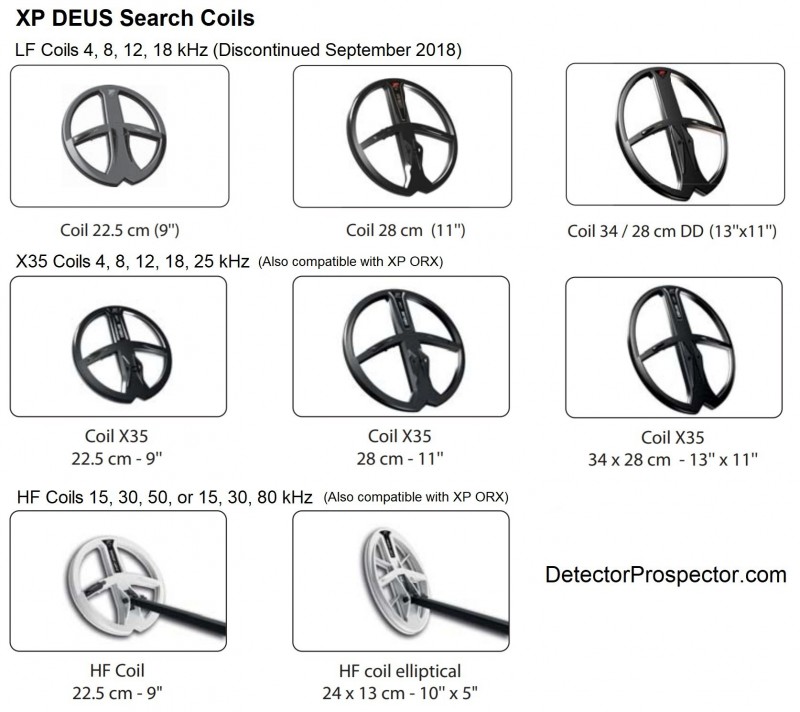



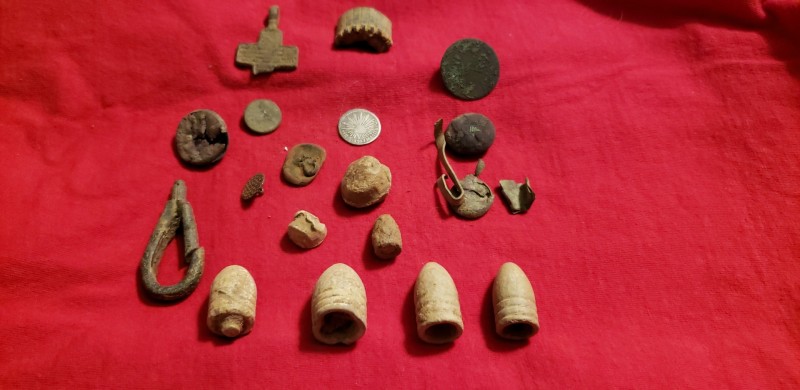
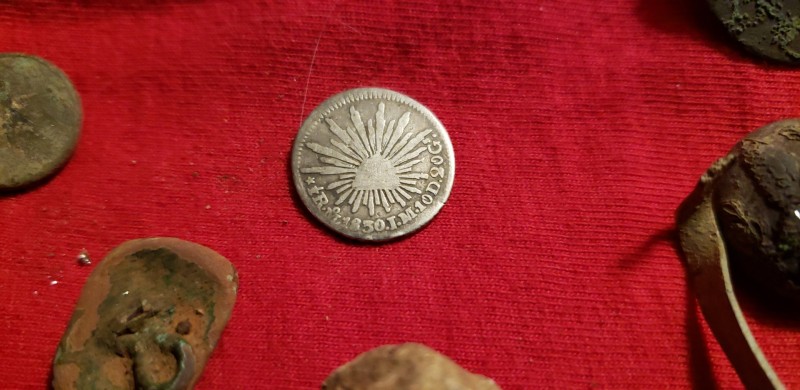
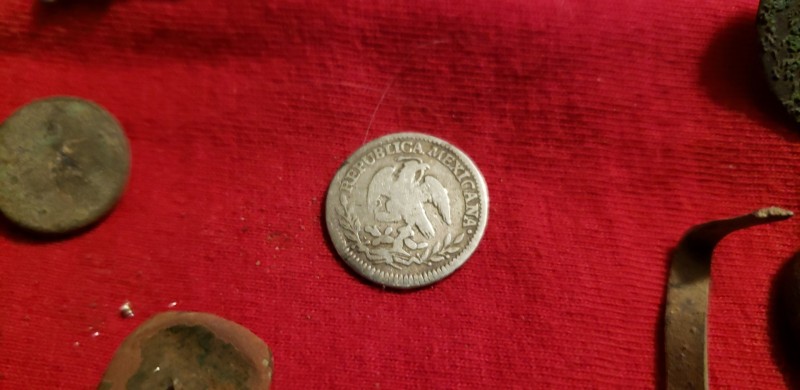
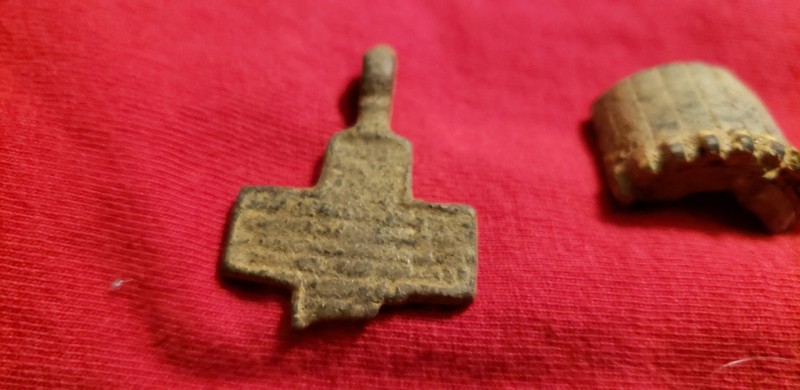
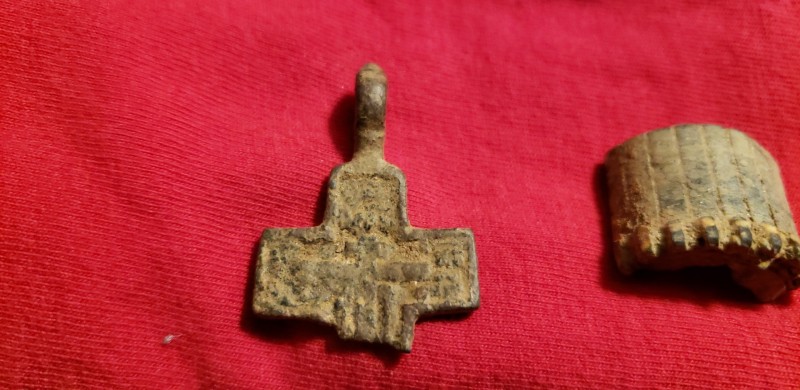
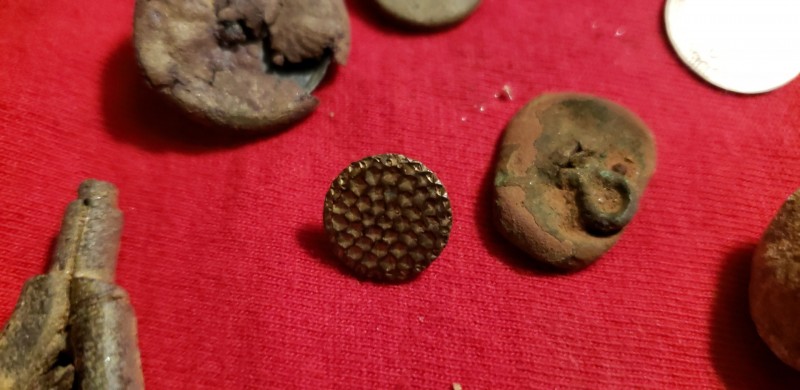
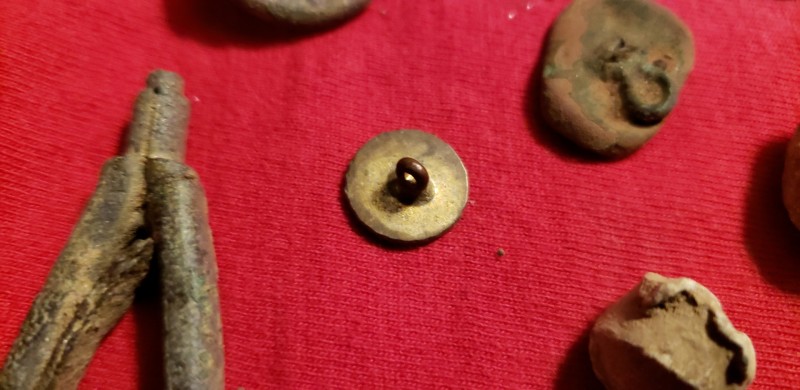

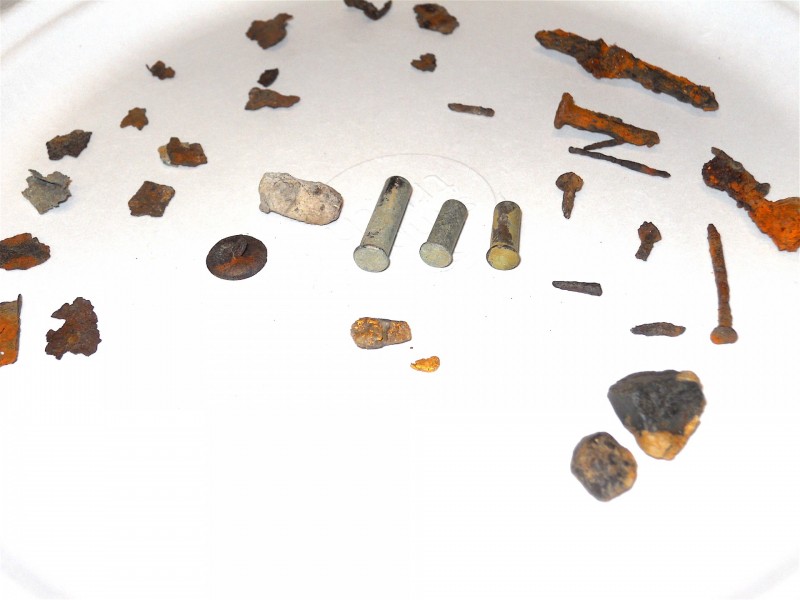
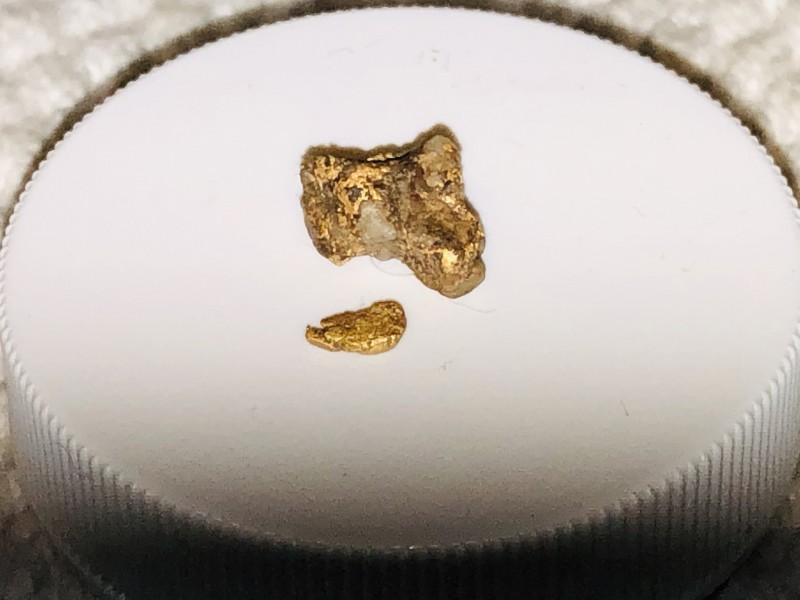


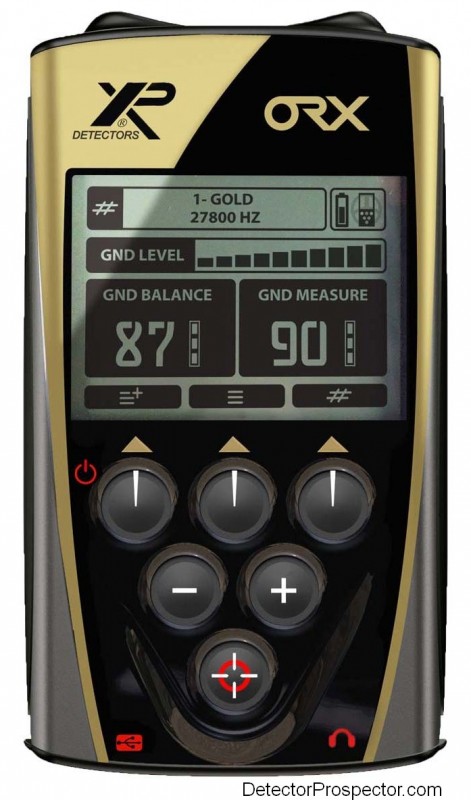
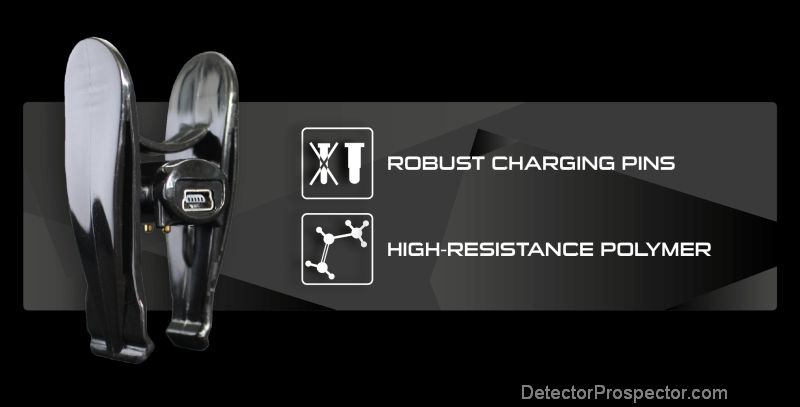
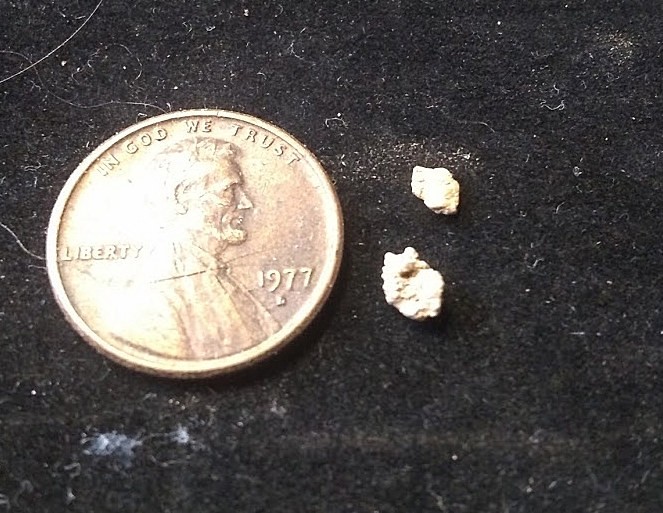
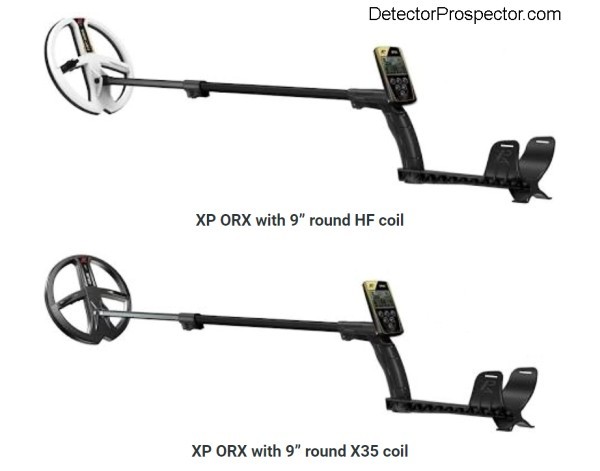


(1).thumb.png.8e7a6cc7820a86cd4539952816693441.png)
